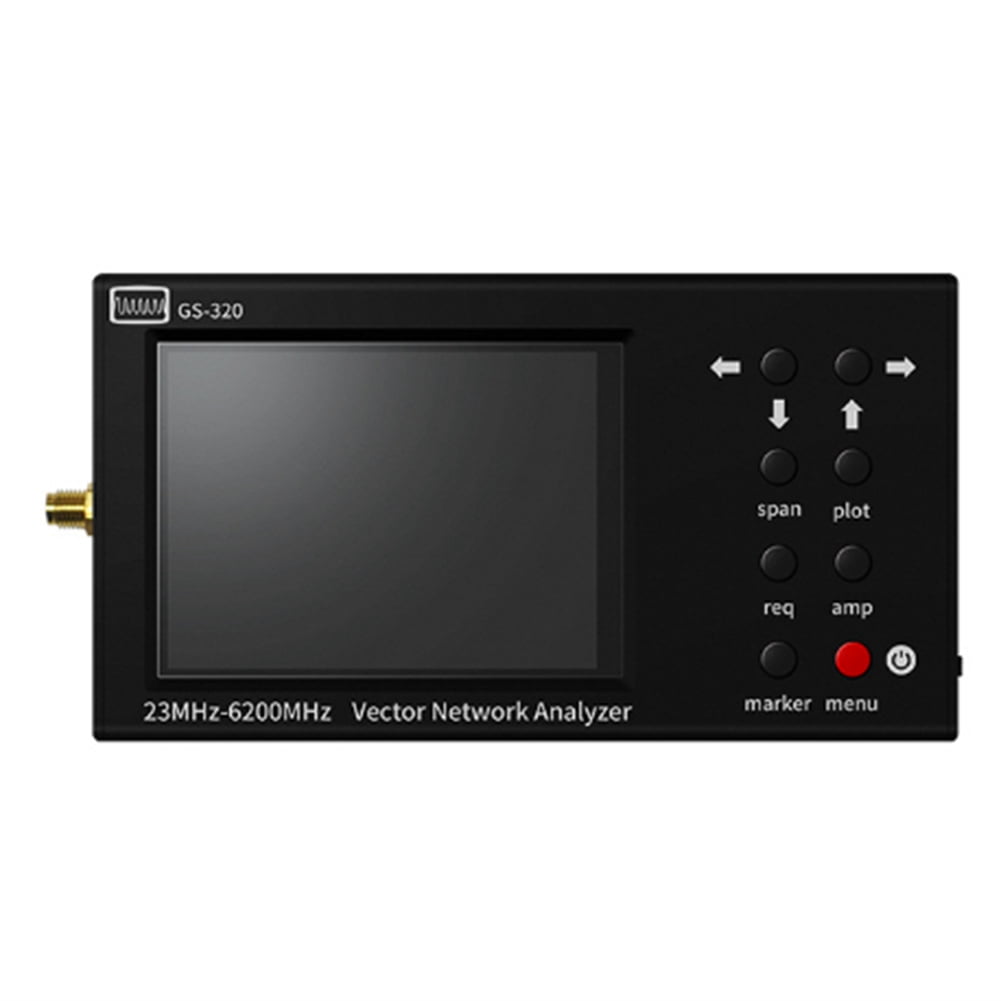

The client estimated the V1 BOM+assembly cost to be around $10. NanoVNA (original) margin averages about 3x. Volume will be much lower of course, but the market may expand into the (low end) professional market. The profit they make on a nanoVNA cannot be higher than just a few dollars (I bought mine for around $30), so I think a high spec VNA should be able for $250, sellers can make a much better margin at this price level. So in total $180 dollar extra, probably less. Adding $200 to the BOM would be sufficient to add a better MCU (+10), more memory (+10), a better ADC (+20), an FPGA (+20), a better housing (+30), a larger display (+30), a larger battery (+10), better oscillators (+20), various (+30). But the nanoVNA family seems to be selling for BOM cost plus a very small margin. Hi Erich, yes, commercially available VNA are much more expensive. Some FW/SW updates are nice to have, but at this stage more of aesthetic concern as of functionality problems. The nanovna is fine as it is and I am lucky to have an Anritsu ms4630b plus the DG8SAQ VNA v3 to compare with. There are a few VNWA on the market for About 5000$ that reach 6 GHz. Your ambitious wish list has a price tag a lot more then just 200$. In the mean time I'm taking a break from contract work to work on personal and not for profit SDR projects ) I'll also have to do more work on the rest of the design to get the cost/performance down further before it can be commercially viable. I'm still thinking of ways to reach 6GHz without using the MAX2871 though, because 2 x MAX2871 adds around $20 to the BOM cost which the client likely will not accept.

Yes the full two port NanoVNA design is under way. I re-read that web page and it looks like it's changed since I first read it a year ago, and he did actually add a balun :) Op 4-2-2020 om 19:25 schreef Gabriel Tenma White: Good luck with your SDR projects, but please come back to the VNA world soon, we need you! Could be used as a nice SDR receiver too! But building a spectrum analyzer is more difficult than building a VNA if you want the spurs and images down. Most of the building blocks are already there. If I had the time, I would build it myself.Īnd I'm still thinking about combining it with a decent real time spectrum analyzer (at least 20 MHz bandwidth). No compromises on performance: 6 GHz, better RF generator (not using harmonics), bandpass filtered output, output level programmable, much higher speed, bigger display, much more memory, full 2-port, 100 dB dynamic range (s21 and S12).

Gabriel, I would not worry about the extra $20, I 'd be happy to pay $200 more for a much better VNA.


 0 kommentar(er)
0 kommentar(er)
